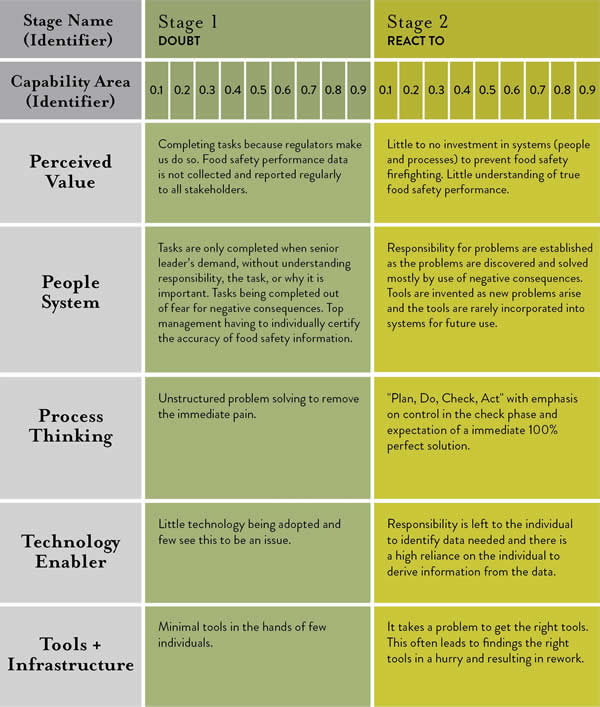Thanks to Walmart, I recently had the good fortune to attend a course titled “Creating a Food Safety Culture” at Michigan State University. Presented by Frank Yiannas, vice president of food safety for Walmart, the course was an invigorating gathering of food safety professionals and included striking conversations about culture, food safety, and behavior-based modalities. Frank even mentioned this blog in class, saying, “I am in” in reference to the Food Safety Culture Club. We found time for some fun in the evenings, which included a night out with “Sparty” the MSU mascot and a dinner at the Eli and Edythe Broad Art Museum on Campus. What a great time!
After introductions, Frank started the two-day class with a definition of culture. He presented it as defined by the Social & Behavioral Foundations of Public Health: “Culture is shared patterns of thought and behavior that characterize a social group, which are learned through socialization processes and persist through time.”
This launched a delivery and discussion of attributes of a food safety culture, diving deeper into each attribute. We learned about the Science of Influence and discussed a proposed divergence between the terms “accountability” and “responsibility”. Frank framed the presentation by contrasting Traditional verses Behavior-Based Food Safety Management. We thought about how the world, the food supply and food safety is changing. In the view of STOP Foodborne Illness, one thing remains the same: Food Safety only exists because humans can and have become ill from eating, which instigates a string of consequences, none of which are positive. And only humans can make a difference—OK, well, with the help of technology.
Frank shared the slide from the STOP Foodborne Illness website that portrays the faces of those who have perished, those with life-long consequences, and the survivors of foodborne illness. From the perspective of STOP Foodborne Illness, the most important food safety attribute is human life, and it must lead, be at the forefront, and be integrated into each and every attribute, goal and measurement so that the consequence is not serious illness or the loss of life.

Frank shared the quote from the 2003 Investigation Board of the Space Shuttle Columbia (the incident when the shuttle Columbia broke up upon returning to Earth, killing seven astronauts on board. The board cited cultural traits and organizational barriers that prevented effective communication and thus affected safety). “In our view, the NASA organizational culture had as much to do with this accident as the foam.” This certainly is relevant in food safety environments, and there is much to be learned.
This is just a snippet of the course—there is so much more to share, and just not enough room here. Hats off to Frank, to my colleagues, to Michigan State University, and to Walmart. I came home with many thoughts, ideas and planned actions to share with the staff, board and constituents of STOP Foodborne Illness. Let’s keep the conversation going and grow membership in the club!












